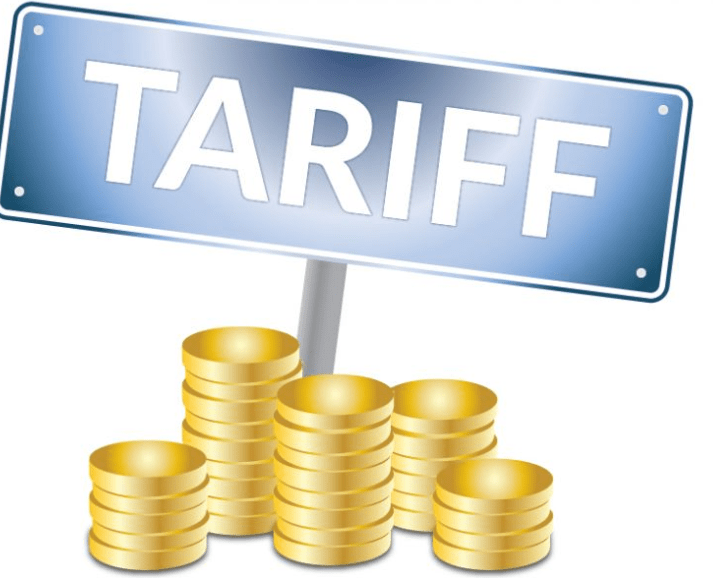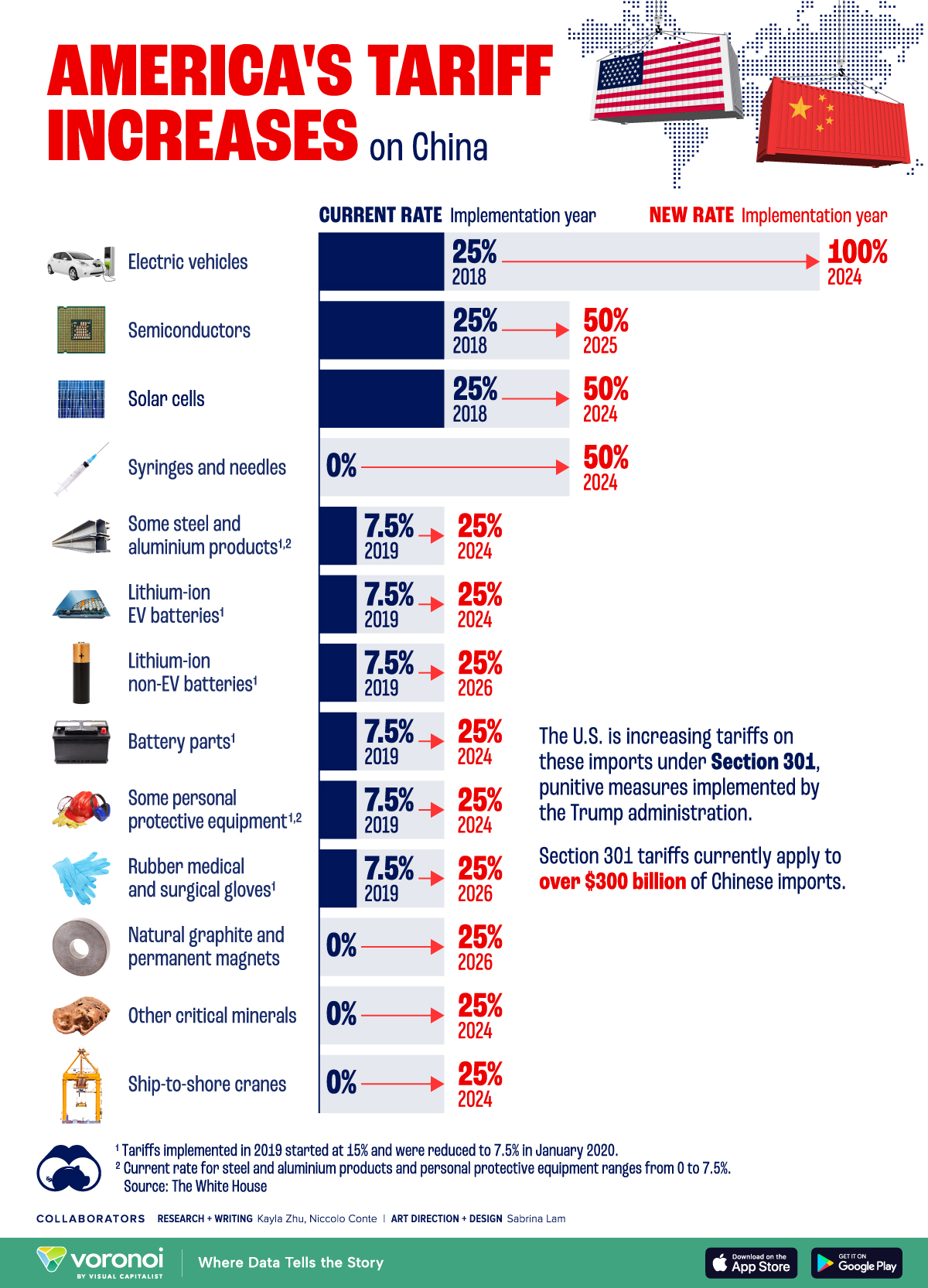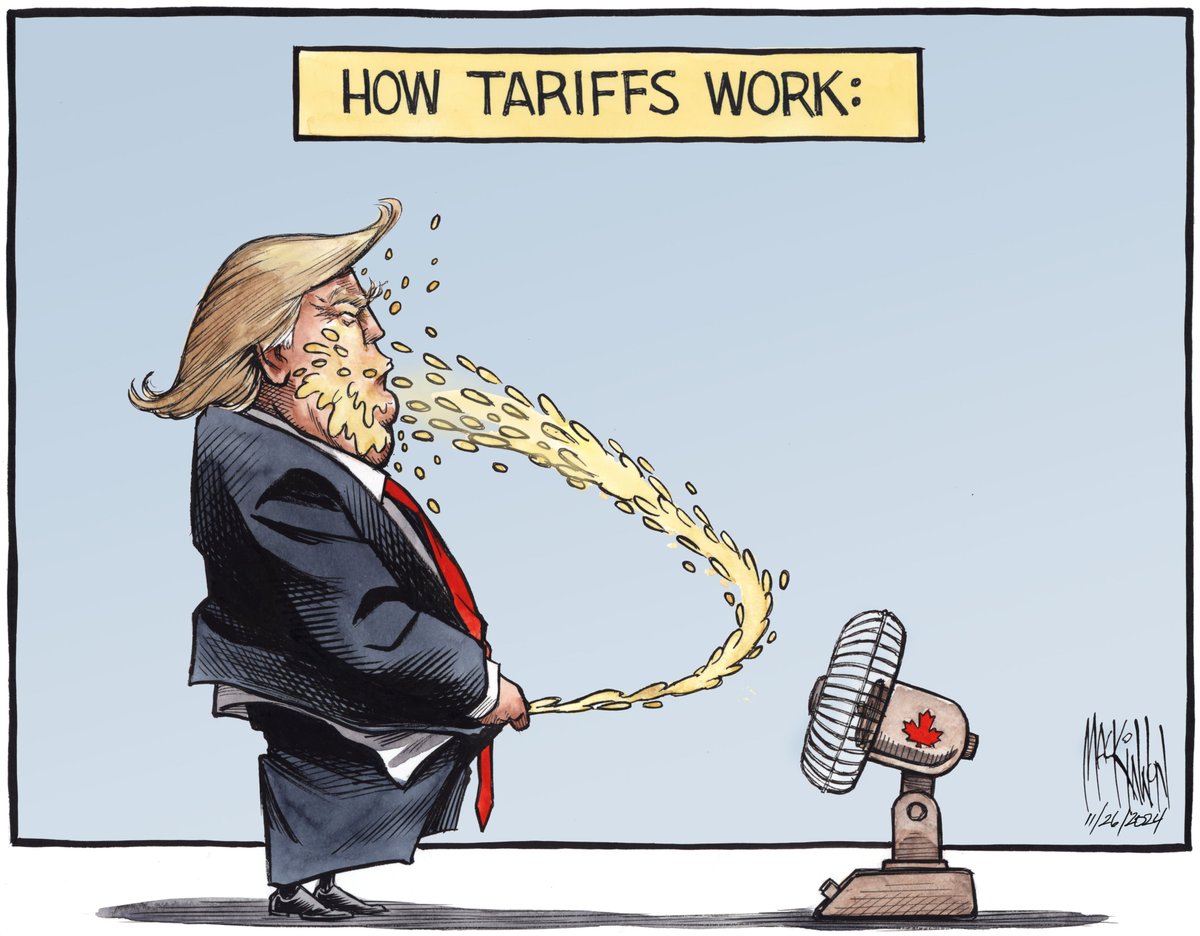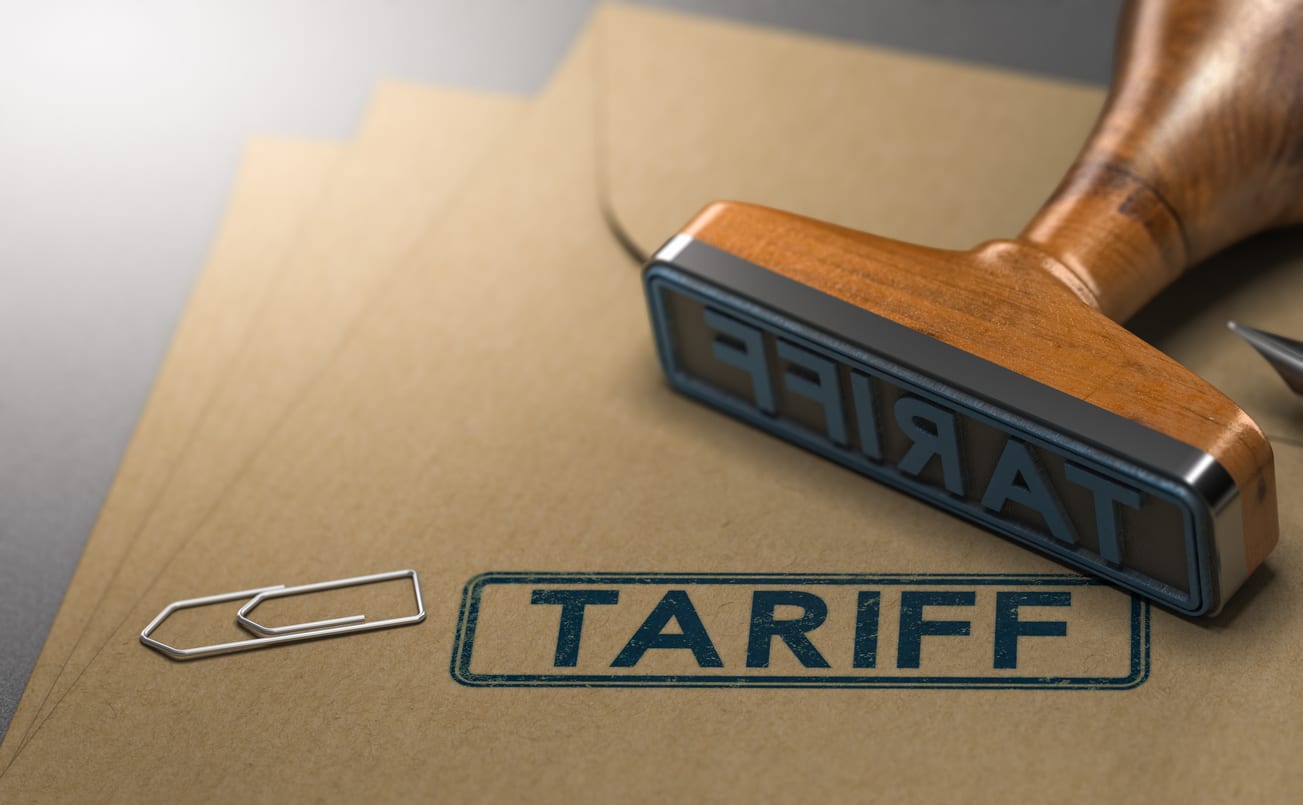Understanding Tariffs: The Ins and Outs of International Trade Taxes
Table of Contents
- Comparing New and Current U.S. Tariffs on Chinese Imports
- Donald Trump's tariffs: What's going on and what does it all mean? | US ...
- What Is A Tariff And Why Are They Important?, 53% OFF
- Pin on Business Finance
- Tariff Definition - Types of Tariffs
- TASTE THE GOLDEN SPRAY (or: How tariffs REALLY work) - The Adventures ...
- Types of Restrictions on Free Trade – Economics Revision – The Tutor ...
- what is a tariff 1 - The Adventures of Accordion Guy in the 21st Century
- What Is a Tariff and How Does It Work? A Guide | CentSai
- Understanding Import Regulations And Customs Requirements For Exporting ...



What are Tariffs?





Who Pays for Tariffs?

:max_bytes(150000):strip_icc()/environmental-tariff.asp_Final-db183fa4034042e48aed19677831f430.png)
Who Benefits from Tariffs?
Tariffs can benefit domestic industries by making imported goods more expensive and less competitive. This can lead to an increase in demand for domestically produced goods, which can boost production, employment, and economic growth. Additionally, tariffs can generate revenue for governments. The revenue generated from tariffs can be used to fund public goods and services, such as infrastructure, education, and healthcare. However, tariffs can also have negative effects on the economy. They can lead to higher prices for consumers, reduced competition, and decreased economic efficiency. They can also lead to retaliatory measures from other countries, which can escalate into trade wars. In conclusion, tariffs are a complex and multifaceted issue that can have far-reaching effects on international trade and the economy. While they can benefit domestic industries and generate revenue for governments, they can also lead to higher prices, reduced competition, and decreased economic efficiency. As the global economy continues to evolve, it's essential to understand the ins and outs of tariffs and their impact on international trade. By understanding how tariffs work and who benefits from them, we can better navigate the complexities of international trade and work towards creating a more equitable and efficient global economy. Whether you're a business owner, a consumer, or simply someone interested in international trade, it's essential to stay informed about tariffs and their effects on the economy.Keyword density: Tariffs: 12 instances International trade: 4 instances Economy: 6 instances Trade barrier: 1 instance Importer: 2 instances Consumer: 3 instances Domestic industry: 2 instances Government: 2 instances Revenue: 2 instances